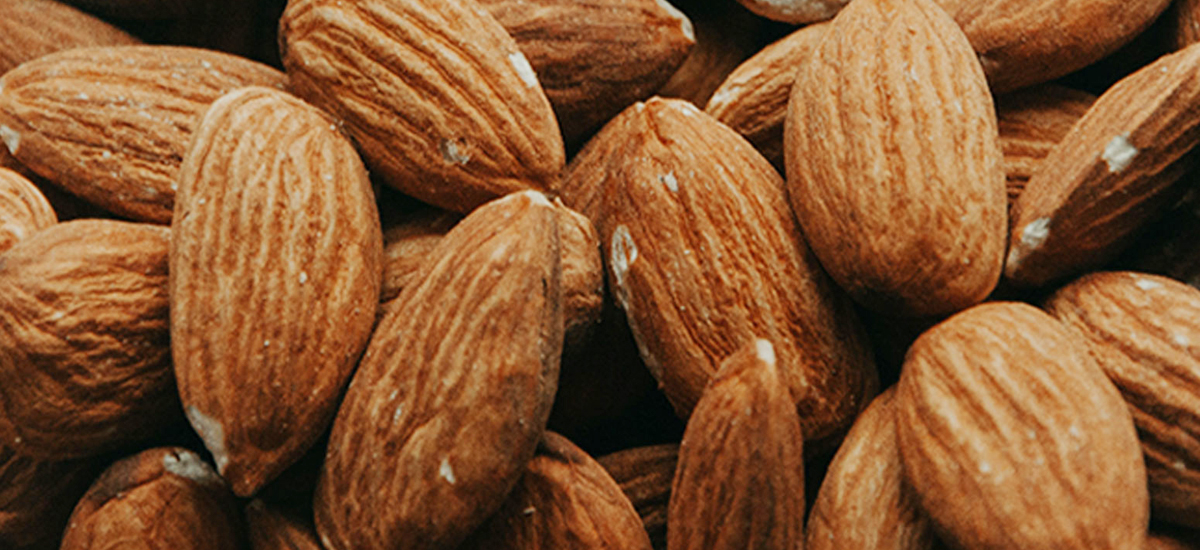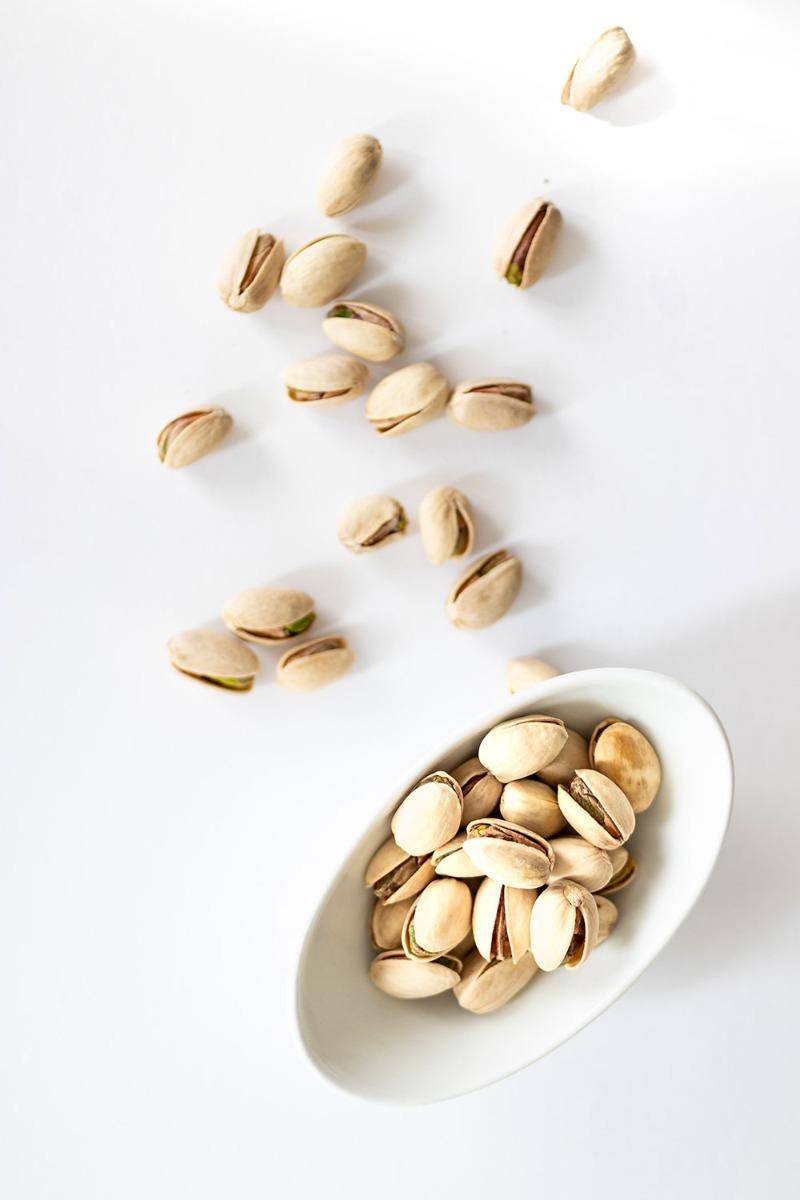Are Nuts Good for Your Eyes?

From almond butter on apple slices to a peanut butter and jelly sandwich with a glass of cold milk, nuts are the perfect snack. They give you an ample supply of protein, conveniently packaged in a bag or jar for easy consumption when you’re on the go.
But while you might love nuts and eat them every day, have you been wondering if nuts are good for your eyes? Let’s find out.
Are nuts good for your eyes?
Yes, nuts are good for your eyes. They provide a healthy serving of vitamin E, an antioxidant that helps your eyes manage and repel “free radicals.” These free radicals can increase your odds of getting age-related macular degeneration (AMD) and cataracts (eye diseases that can cause blindness).
Some reports show that vitamin E can decelerate your AMD and cataract development and symptoms. Vitamin E is also fundamental to your immune system, according to the American Optometric Association (AOA).
Remember: Your body needs vitamin E, but it doesn’t produce the proper amounts by itself, which makes it that much more important to get vitamin E from food. Here are some popular nuts to choose from, which are rich in the antioxidant:
- Almonds
- Brazil nuts
- Hazelnuts
- Peanuts
- Pine nuts
- Pistachios
Looking for a tasty recipe that features nuts? Try the AOA’s rum-flavored kiwi, pineapple, and orange toss with coconut and chopped nuts. You’ll get vitamin E from the almonds, as well as fiber, folate, magnesium, potassium, and vitamin C from the remaining ingredients, including fruit (which is also good for your eyes).
Besides nuts, what foods contain vitamin E?
Cereal is one of the top sources of vitamin E. Make sure it’s fortified (and avoid options with too much sugar) to get the most vitamin content. According to the AOA, a single cup of fortified cereal or wheat germ offers as much as 27 IU of vitamin E, giving you a great supply of the antioxidant. (Pair it with some milk and sliced bananas for a delicious breakfast!)
We also recommend sunflower seeds or pumpkin seeds for vitamin E. You can either eat these on their own as snacks or put them in another food, such as homemade granola, for a weekday treat that’s packed full of nutrients.
You can find vitamin E in sweet potatoes, too. Interested in a healthy twist on sweet potatoes? The AOA recommends sweet potato oat bars, which you can make at home with ingredients that you probably already have in your kitchen. These include:
- Sweet potatoes
- Oats
- Pumpkin pie spice
- Coconut oil
- Maple syrup
- Ground flaxseed
- Coconut milk
- Lemon juice
- Salt
- Dried fruit
- Nuts
In addition to being abundant in vitamin E, sweet potatoes contain vitamin C. When you eat foods with enough antioxidants, such as vitamins C and E, you may reduce your chances of getting AMD and cataracts down the line.
Summary: Do nuts support your eye health?
Vitamin E is one of the primary eye vitamins in food--and nuts are packed full of it. So, yes, nuts are good for your eyes. In fact, they can support your eyes against damage that may lead to AMD and cataracts, two main causes of blindness.
Some of the top nuts with vitamin E include almonds, hazelnuts, and peanuts. Are you worried that you’re not getting enough vitamin E if you’re allergic to nuts? You can get vitamin E from pumpkin seeds, sunflower seeds, sweet potatoes, and vitamin-enriched cereals, among other foods.
Remember: Your diet can give you all the eye vitamins you need. The key is to choose the right foods.
Book your eye exam at For Eyes
Have you had your annual comprehensive eye exam? Schedule an appointment with an Independent Doctor of Optometry at your local For Eyes.












